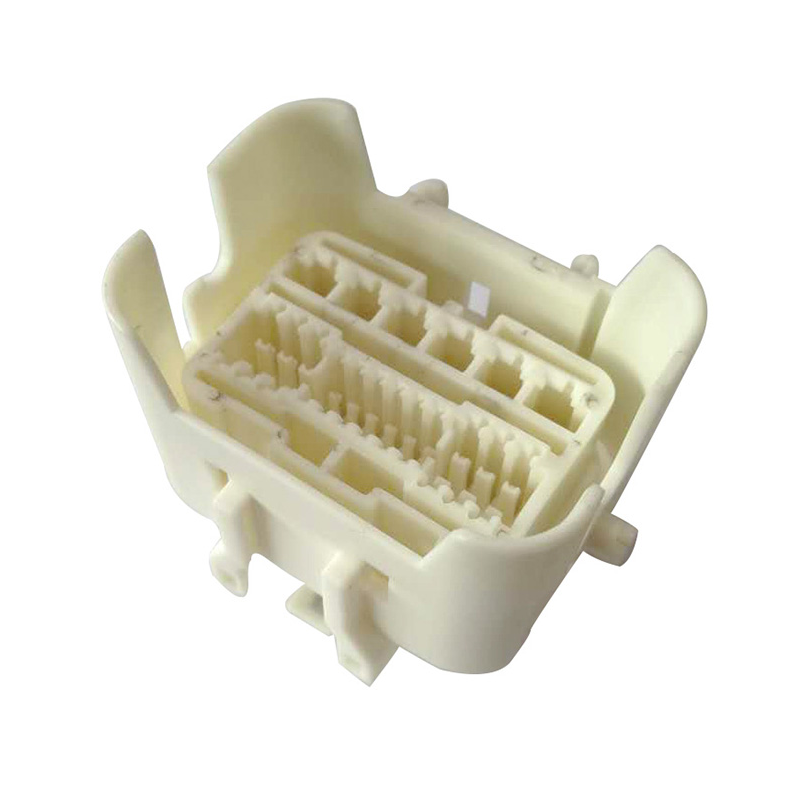
date:2023/08/10
The various tools and products used in our daily production and life range from the base of the machine tool and the shell of the machine body to the shell of a screw, button and various household appliances, all of which are closely related to the mold. The shape of the mold determines the shape of these products, and the processing quality and precision of the mold also determine the quality of these products. Because of the different materials, appearance, specifications and uses of various products, the molds are divided into non-plastic molds such as casting molds, forging molds, die casting molds, stamping molds, and plastic molds.
In recent years, with the rapid development of the plastic industry and the continuous improvement of strength and precision of general and engineering plastics, the application range of plastic products is also expanding, such as: household appliances, instruments, construction equipment, automotive industry, Japan In many fields such as hardware, the proportion of plastic products is rapidly increasing. A properly designed plastic part can often replace multiple traditional metal parts. The trend of plasticizing industrial products and daily-use products is increasing.
First, the general definition of plastic mold:

In industrial production, various types of presses and special tools mounted on the press are used to produce metal or non-metallic materials to produce parts or products of the desired shape through pressure. Such special tools are collectively called molds.
Second, the injection process description:
The mold is a tool for producing plastic products. It consists of several groups of parts, and there is a molding cavity in this combination. During injection, the mold is clamped on the injection molding machine, the molten plastic is injected into the molding cavity, and cooled and shaped in the cavity, then the upper and lower molds are separated, and the product is ejected from the mold cavity through the ejection system to leave the mold. For the next injection, the entire injection process is cyclic.
Third, the general classification of molds: can be divided into plastic molds and non-plastic molds:
(1) Non-plastic molds include: casting molds, forging molds, stamping molds, die casting molds, etc.
A. Casting mold one tap and pig iron platform;
B. Forging die-one car body;
C. Computer panel of stamping die;
D. A super alloy of die-casting mold and cylinder block;
(2) Plastic molds are divided according to different production processes and products:
A. Injection molding die 1 TV shell, keyboard buttons (the most common application);
B. Blowing mold a beverage bottle;
C. Compression molding die, bakelite switch, scientific porcelain dishes
D. Transfer molding die 1 integrated circuit products;
E. Extrusion mould 1 glue pipe and plastic bag;
F. Thermoforming mold-transparent molded packaging shell;
G. Rotary forming die-soft rubber doll toy;